BACKGROUND:
The large amount of heterogeneous data collected in surgical/endoscopic practice calls for data-driven approaches as machine learning (ML) models. The aim of this study was to develop ML models to predict endoscopic sleeve gastroplasty (ESG) efficacy at 12 months defined by total weight loss (TWL) % and excess weight loss (EWL) % achievement. Multicentre data were used to enhance generalizability evaluate consistency among different center of ESG practice and assess reproducibility of the models and possible clinical application. Models were designed to be dynamic and integrate follow-up clinical data into more accurate predictions, possibly assisting management and decision-making.
METHODS:
ML models were developed using data of 404 ESG procedures performed at 12 centers across Europe. Collected data included clinical and demographic variables at the time of ESG and at follow-up. Multicentre/external and single center/internal and temporal validation were performed. Training and evaluation of the models were performed on Python’s scikit-learn library. Performance of models was quantified as receiver operator curve (ROC-AUC), sensitivity, specificity, and calibration plots.
RESULTS:
Multicenter external validation ML models using preoperative data show poor performance. Best performances were reached by linear regression (LR) and support vector machine models for TWL% and EWL%, respectively, (ROC-AUC TWL% 0.87, EWL% 0.86) with the addition of 6-month follow-up data. Single-center internal validation Preoperative data only ML models show suboptimal performance. Early, i.e., 3-month follow-up data addition lead to ROC-AUC of 0.79 (random forest classifiers model) and 0.81 (LR models) for TWL% and EWL% achievement prediction, respectively. Single-center temporal validation shows similar results.
CONCLUSIONS:
Although preoperative data only may not be sufficient for accurate postoperative predictions, the ability of ML models to adapt and evolve with the patients changes could assist in providing an effective and personalized postoperative care. ML models predictive capacity improvement with follow-up data is encouraging and may become a valuable support in patient management and decision-making.

